Air Force Pulls Plug On Much-Hyped Hypersonic Missile
Once set to be the first operational U.S. hypersonic weapon, a string of failures has the USAF betting on a cruise missile instead.
:The U.S. Air Force plans to scrap its troubled AGM-183 Air-launched Rapid Response Weapon (ARRW) hypersonic weapon program and instead switch its priorities to the rival Hypersonic Attack Cruise Missile (HACM). The announcement comes after the ARRW recently suffered another test failure.
Air Force Assistant Secretary for Acquisition Andrew Hunter told a House Armed Services subcommittee in a written testimony yesterday that the service doesn’t “currently intend to pursue follow-on procurement” of the ARRW after the completion of two more tests. The cancellation of the ARRW was not discussed during the hearing itself.
To complete the ARRW prototyping effort, the Air Force is requesting $150.3 million of Research, Development, Test, and Evaluation (RDT&E) funding as part of the Fiscal Year 2024 presidential budget.
This is all bad news for manufacturer Lockheed Martin, but will be welcomed by Raytheon, which produces the HACM, another air-launched weapon. However, while the ARRW employs a boost-glide vehicle payload, the HACM is an air-breathing weapon. Both are hypersonic weapons, typically defined as being capable of flying at speeds of Mach 5 or above.
Hunter’s announcement was not altogether surprising. The Air Force had only recently said that it is more committed to HACM, though a decision to formally cancel ARRW had not previously been disclosed. ARRW suffered a number of failures at the beginning of its flight test program, although it’s notable that the situation had seemed to be improving more recently.
Only two days ago, Air Force Secretary Frank Kendall confirmed in another hearing that a March test of the ARRW had ended in failure. The March 13 test was the second test launch of a fully representative prototype ARRW. The Air Force had earlier issued a lukewarm assessment of the test, saying it “met several objectives.”
Kendall, meanwhile, told the House Appropriations Committee’s defense panel that the March 13 test was “not a success” and that the program overall has “struggled a little bit in its testing process.”
On the other hand, Kendall described the previous test, on December 9, which involved the first launch of a fully operational prototype ARRW, as “a very successful flight.” Overall, though, Air Force Secretary Kendall has been fairly downbeat about the prospects of success for the Lockheed missile, noting in March last year that said “ARRW still has to prove itself.”
That last comment came after plans to buy ARRW missiles were removed from the Fiscal Year 2022 spending bill once passed by Congress, with funds instead being directed into additional research and development. That decision came on the back of a dismal 2021 for the program, with no fewer than three test failures.
While not mentioned specifically by Hunter, it’s worth noting that the HACM is a significantly smaller weapon than ARRW, which means that it can be carried by a wider variety of platforms, including different tactical jets. That means the Raytheon is inherently more flexible than the bigger ARRW, which has so far only been carried by the B-52H strategic bomber, with the suggestion that it could be a possible future armament option for the F-15EX fighter jet.
While HACM might offer some operational advantages over ARRW, there’s no doubt that the cancellation of the program is a blow to the Air Force and the U.S. military at large. For some time now, there have been concerns that the United States is falling behind key strategic rivals in its development of hypersonic weapons. Both China and Russia are understood to have operational hypersonic weapons.
As well as the speed offered by hypersonic weapons, these missiles are typically also maneuverable, making them significantly harder for an enemy to track them and successfully intercept them. The wider implications of this class of weapons are something The War Zone has looked at in depth in the past.
At one time, there were hopes that the ARRW could even become the United States’ first operational hypersonic weapon, with the idea being it could become operational as early as 2022. More recently, however, the chances of HACM getting into service first looked to have improved.
Regardless, cancellation of the ARRW means the service may well have to wait longer to get a missile with hypersonic capabilities into operational service.
It also leaves a lot of pressure on Raytheon and HACM, now that the Air Force is down to one key hypersonic missile program — at least that’s in the unclassified domain.
For its part, Lockheed Martin has said that it “is committed to developing hypersonic technology on an accelerated timeline to meet this critical national security need,” in a statement provided to Breaking Defense.
It should also be remembered that while the Air Force might have given up for now on a hypersonic weapon using a boost-glide vehicle payload, missiles of this kind are still under development for other services. In fact, back in 2020, it was the Air Force that stepped away from a tri-service hypersonic missile project using a common unpowered boost-glide vehicle, instead opting for ARRW. The Army and Navy have meanwhile continued with plans to use that vehicle as the warhead on new ground and sea-launched weapons, respectively. These weapons are the Dark Eagle, also known formally as Long-Range Hypersonic Weapon, which uses a ground-based transporter-erector-launcher and Intermediate-Range Conventional Prompt Strike, or IRCPS, which will be fired from submarines and Zumwalt class destroyers.
As well as the difficulties with the ARRW, it could be that there is a broader consensus within the Pentagon that the programs being run by these two services can adequately fulfill this same requirement.
Nevertheless, all eyes will now be on the HACM, which could join the Air Force’s inventory as early as 2027 and which is being developed with input from Australia, which previously teamed up with the United States on the Southern Cross Integrated Flight Research Experiment (SCIFiRE) initiative, which you can read more about here.
“HACM is a powerful example of developing and integrating combat capabilities alongside our partners from the beginning,” said Air Force Chief of Staff Gen. CQ Brown. “HACM will provide our commanders with tactical flexibility to employ fighters to hold high-value, time-sensitive targets at risk while maintaining bombers for other strategic targets.”
With ARRW gone, seemingly for good, the Air Force will be more reliant than ever on HACM making good on this promise.
Contact the author: thomas@thedrive.com

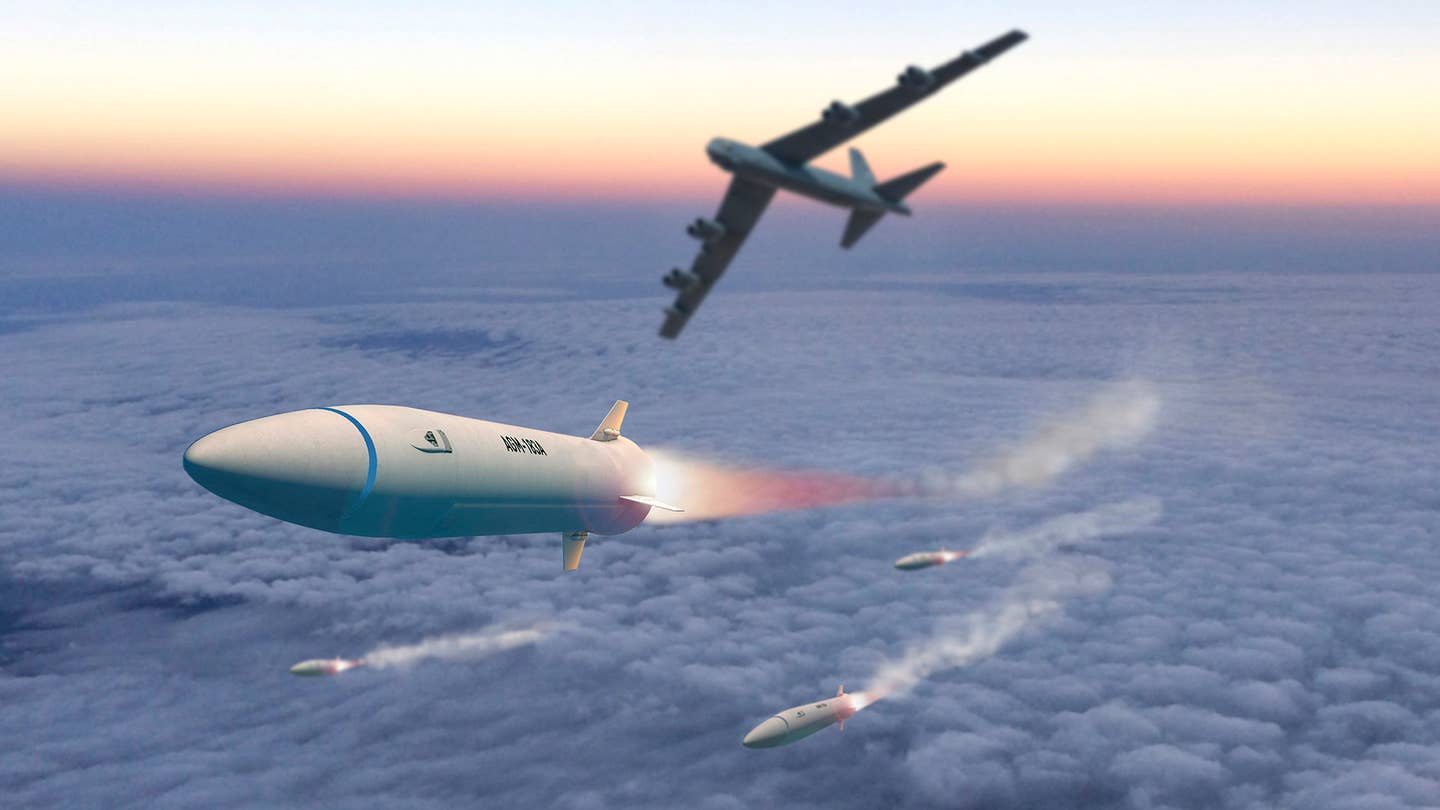
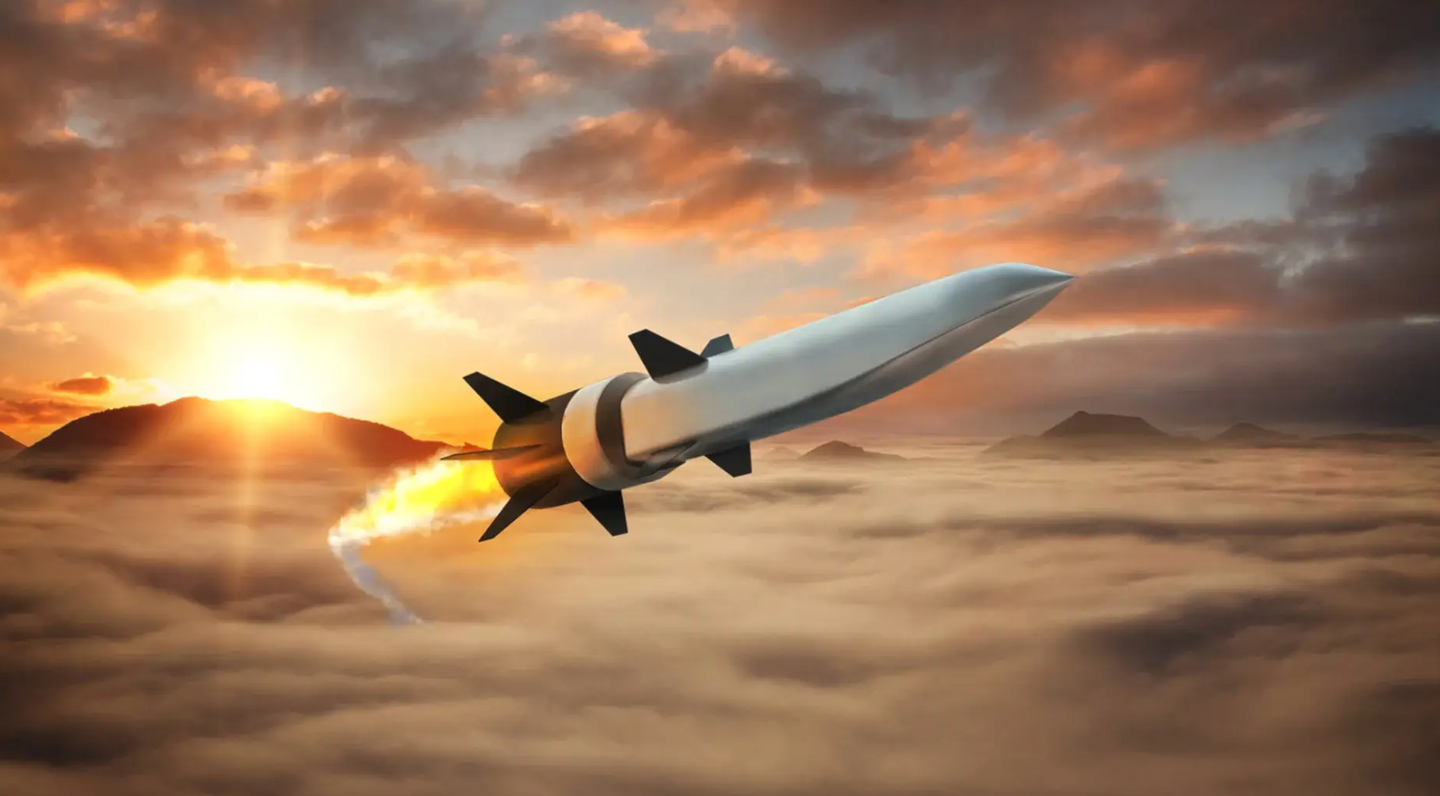
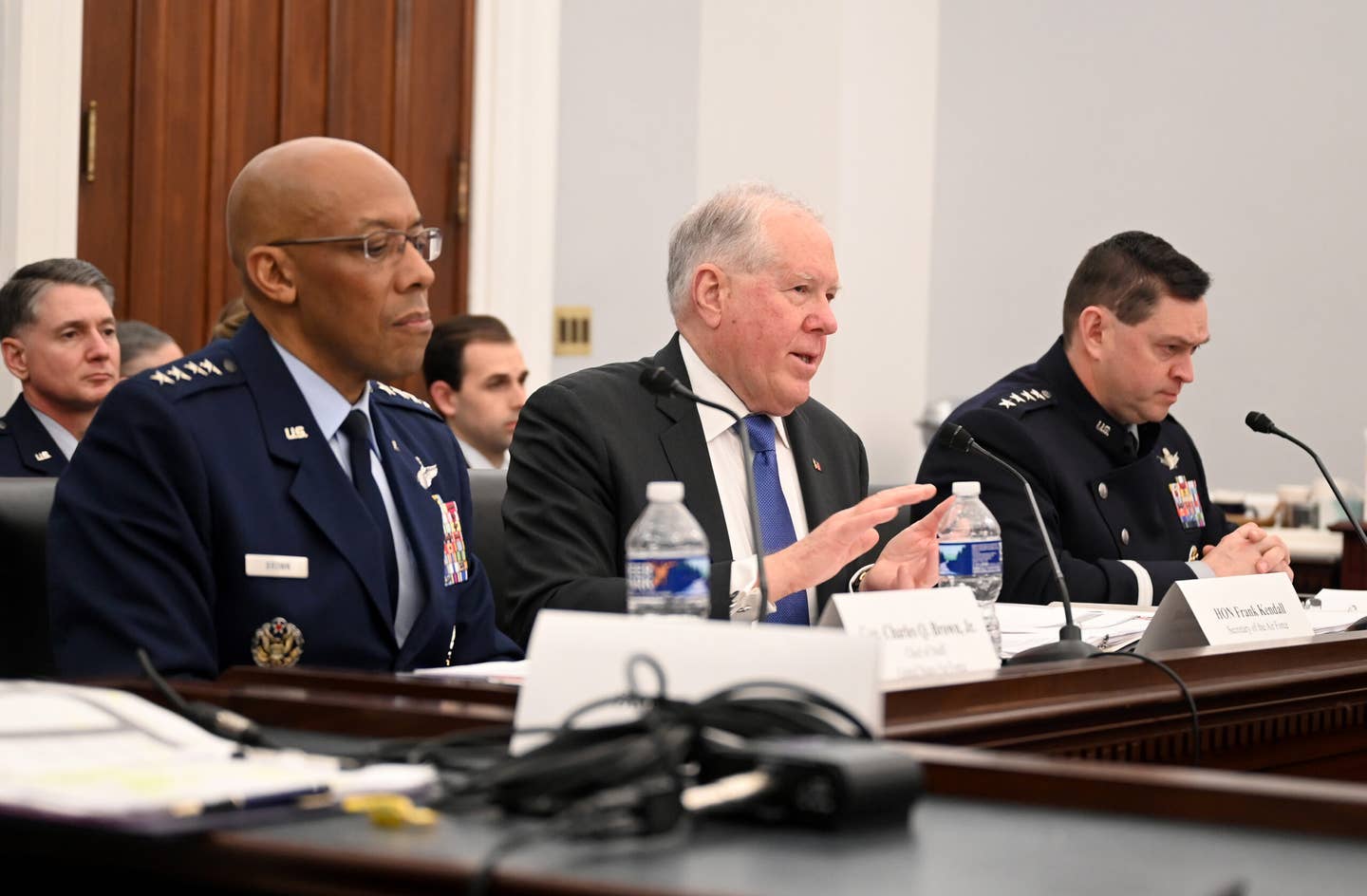
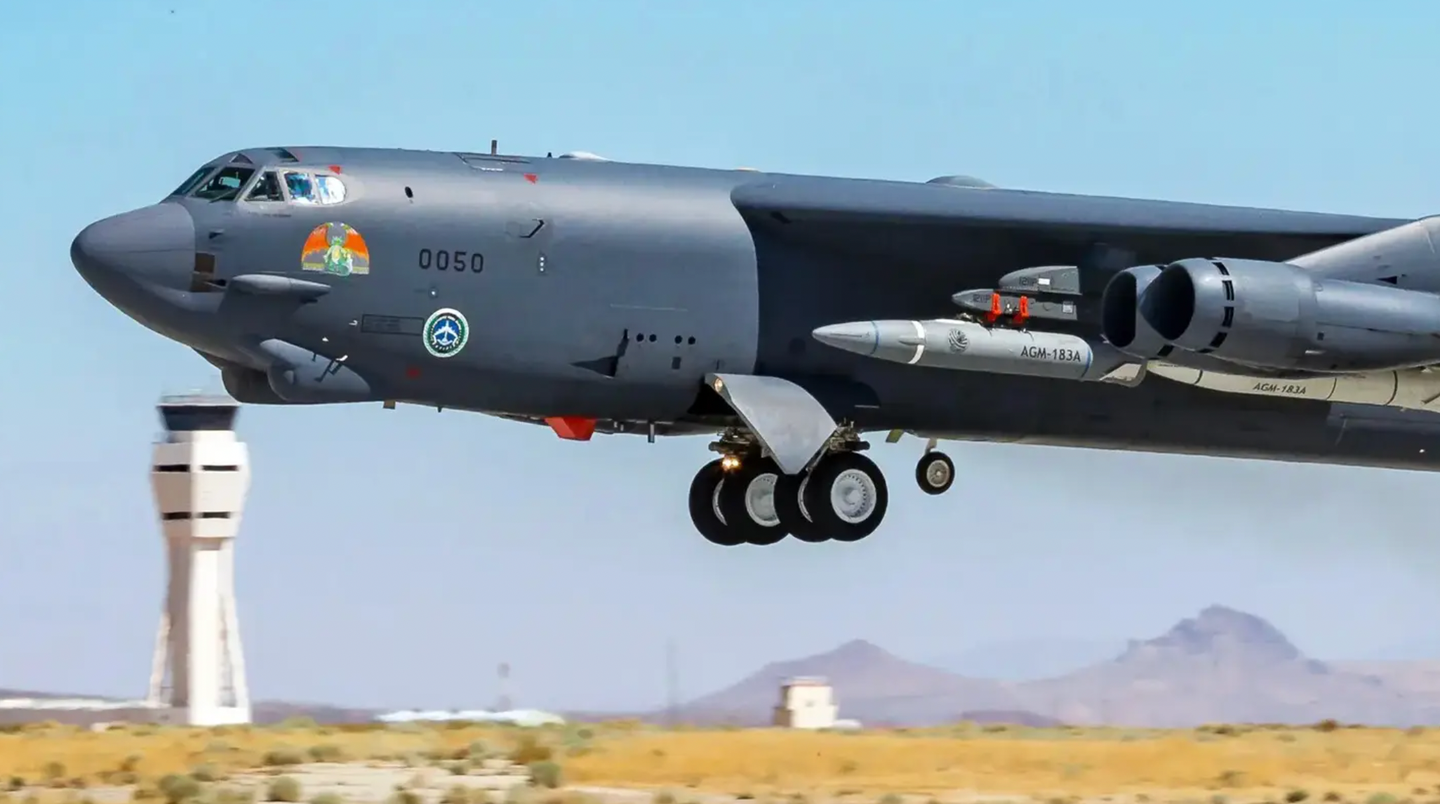
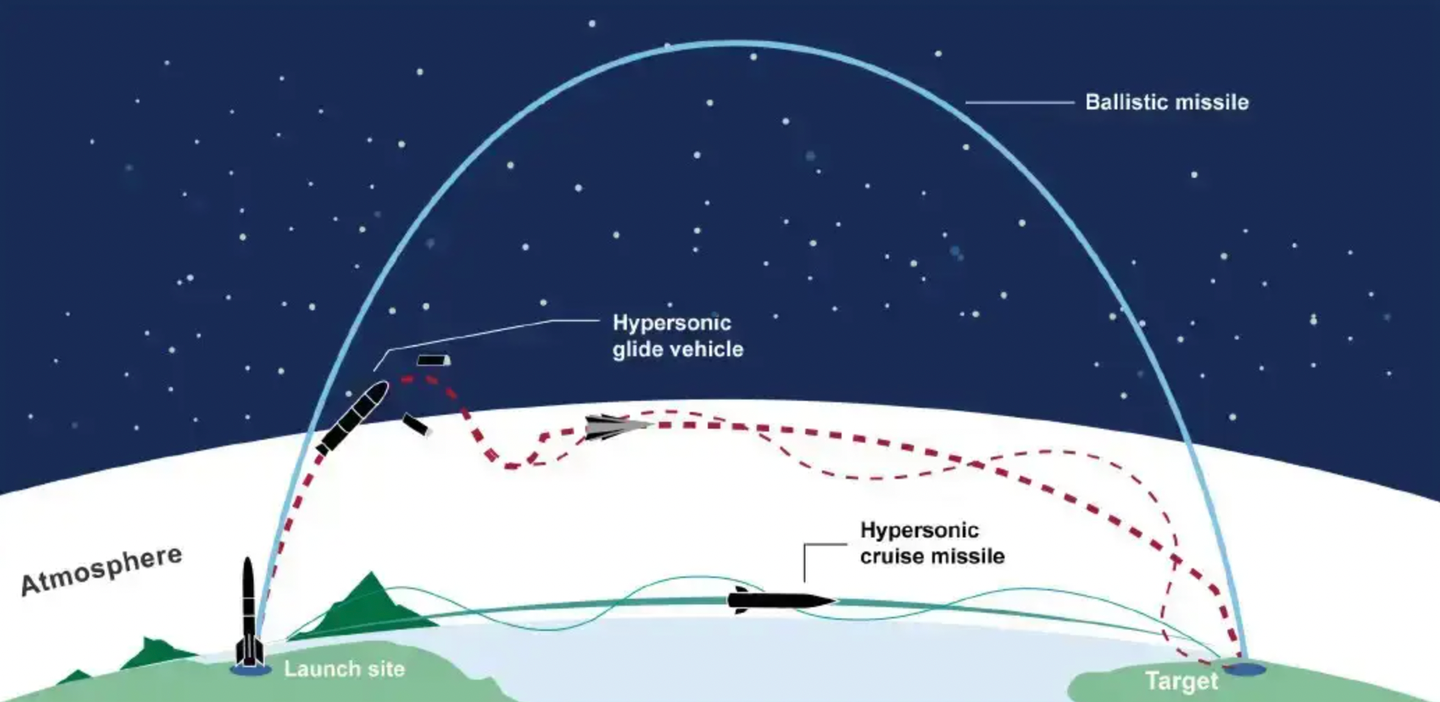
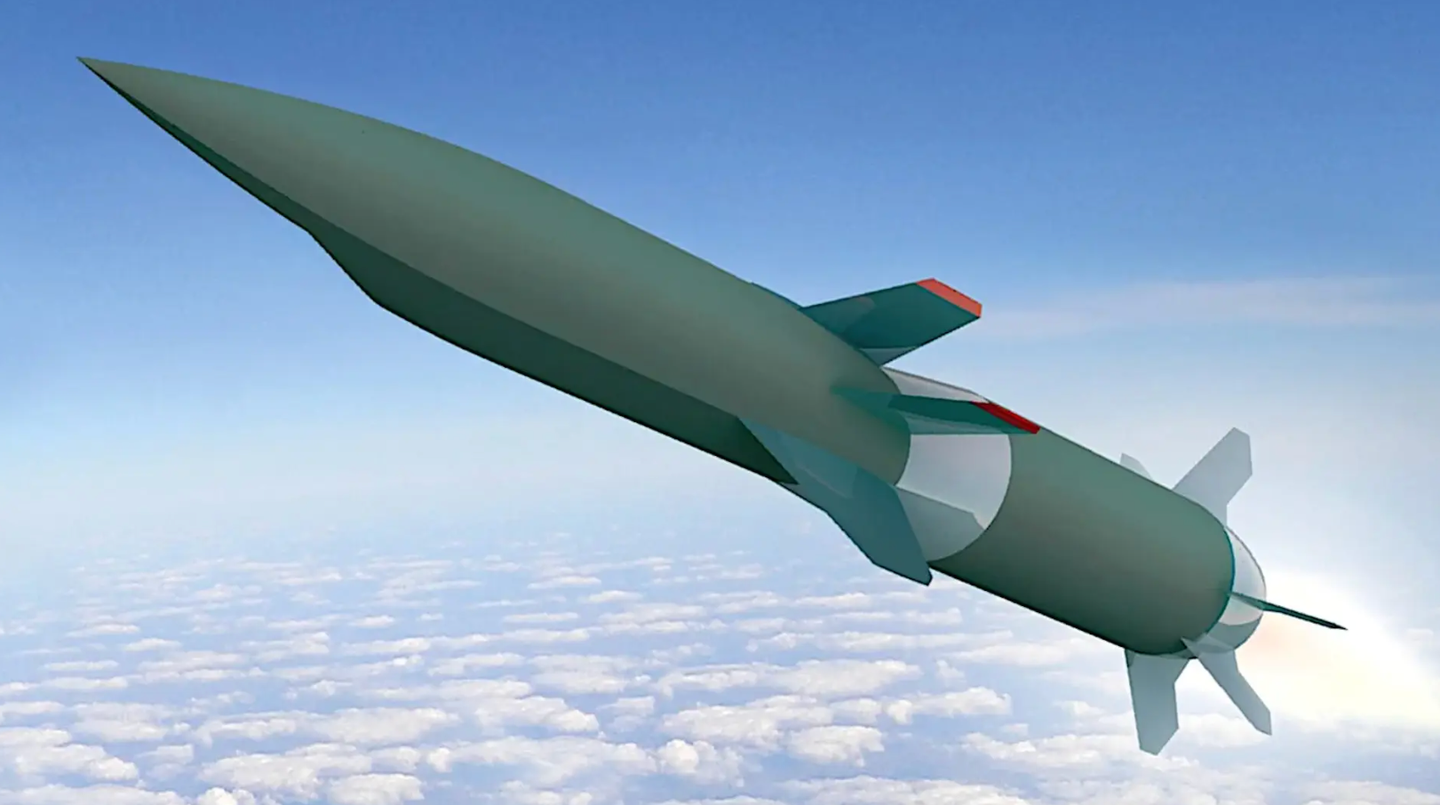
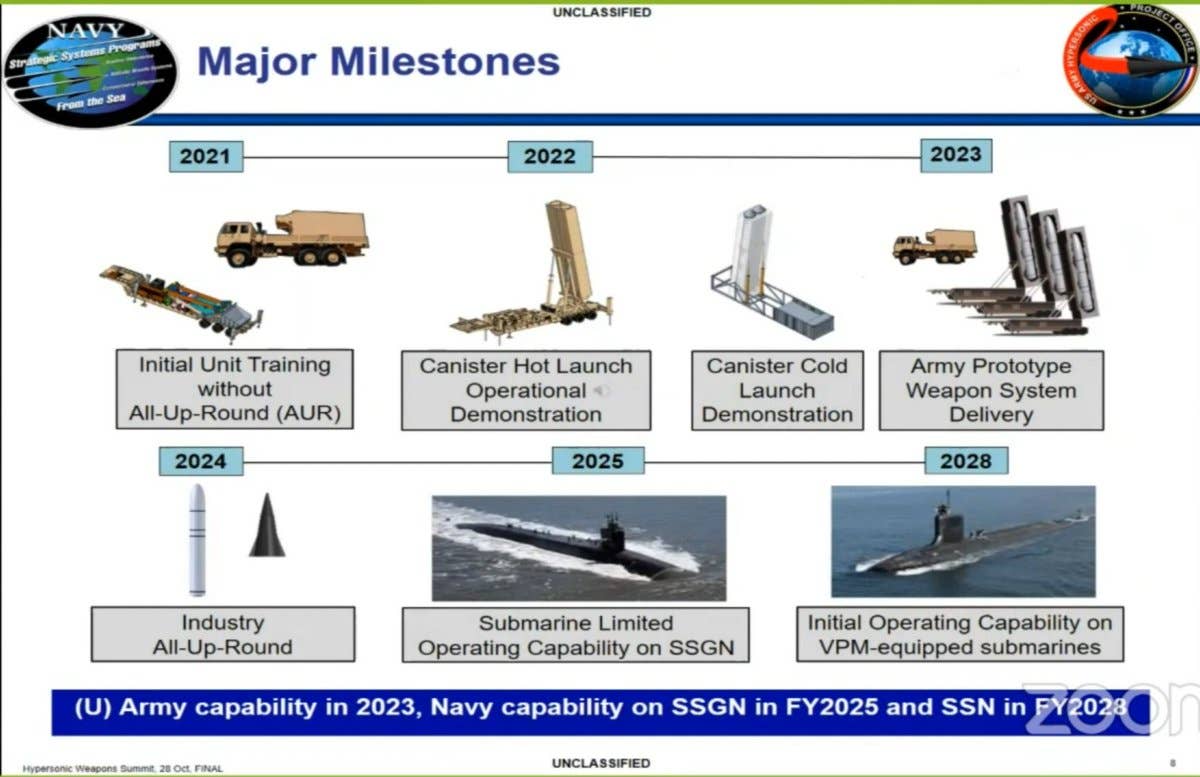





No comments:
Post a Comment